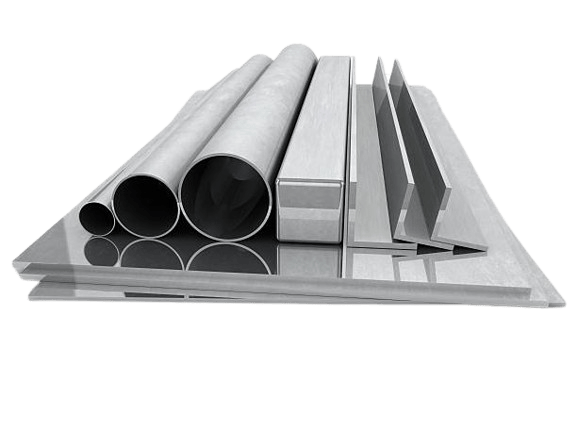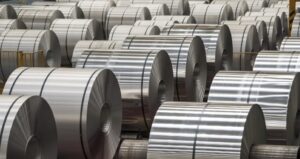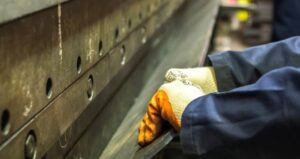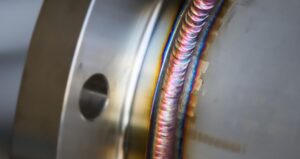When it comes to aluminum bars, the manufacturing process used can significantly impact their properties and applications. Two common methods for producing aluminum bars are extrusion and cold finishing. Let’s delve into the differences between cold finished and extruded aluminum bar to understand their unique characteristics and uses.
What Is Extruded Aluminum Bar?
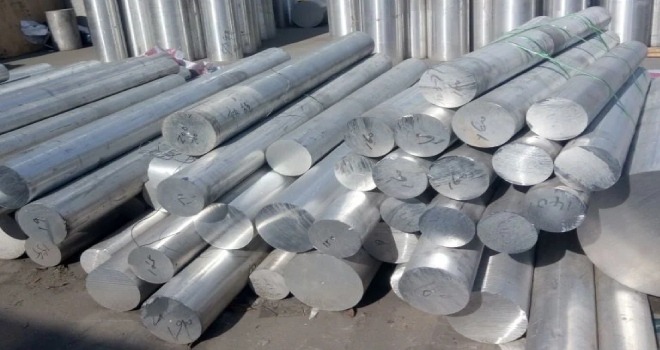
An extruded aluminum bar is crafted by pressing heated aluminum through a die to shape it precisely. This method entails pushing the metal through the die with substantial force, ensuring a uniform cross-section along the bar’s length. Extruded bars typically exhibit a polished surface finish and exact dimensions.
Key Features Of Extruded Aluminum Bar
Uniform Cross-Section: Extruded aluminum bars boast a steadfast shape and size along their entire length, ensuring even distribution of material properties and facilitating predictable performance in applications requiring consistent dimensions.
Smooth Surface Finish: Through the extrusion process, aluminum bars acquire a sleek and polished exterior, reducing friction and enhancing aesthetics. This smooth finish not only aids in corrosion resistance but also contributes to improved functionality in applications where surface quality is paramount.
Variety of Shapes: Extruded aluminum bars offer a versatile range of shapes and profiles, from standard geometries to custom designs, catering to diverse industry demands. This flexibility enables manufacturers to create tailored solutions for specific applications, enhancing efficiency and design possibilities.
Good Strength-to-Weight Ratio: Leveraging aluminum’s exceptional strength-to-weight ratio, extruded bars deliver robust structural support while remaining lightweight. This characteristic makes them ideal for applications requiring strength without adding unnecessary bulk, contributing to overall system performance and energy efficiency.
Extruded Aluminum Bar Applications
Architectural Structures: Extruded aluminum bars serve as foundational elements in architectural structures, providing durability and aesthetic appeal to frames, railings, and window frames. Their corrosion resistance and customizable profiles make them ideal for modern buildings, where design precision and longevity are paramount.
Automotive Industry: Within the automotive sector, extruded aluminum bars play a crucial role in enhancing vehicle performance and aesthetics. These bars are utilized for trim components, bumpers, and structural parts, offering lightweight solutions without compromising strength. Their malleability and design versatility make them indispensable in creating sleek and functional automotive designs.
Electronics: In the realm of electronics, extruded aluminum bars serve as essential components for heat dissipation and protection. These bars are commonly employed in heat sinks to regulate temperature in electronic devices, ensuring optimal performance and longevity. Additionally, their use in enclosures provides shielding against external factors while maintaining lightweight properties, making them ideal for a range of electronic applications.
What Is Cold Finished Aluminum Bar?
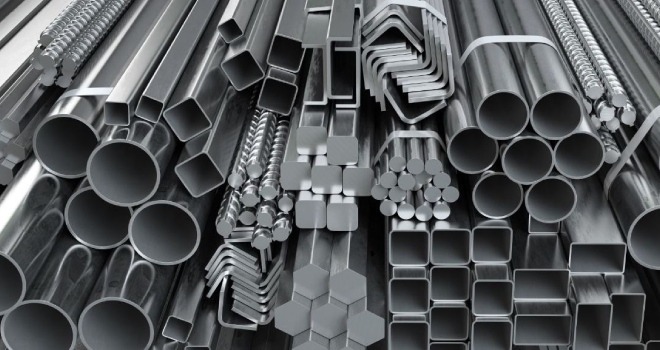
A cold finished aluminum bar is a type of aluminum bar that has undergone a cold drawing process to achieve its final dimensions and properties. This process involves pulling the aluminum bar through a die at room temperature to enhance its surface finish, dimensional accuracy, and mechanical properties. Cold finishing helps refine the surface texture, improve the straightness of the bar, and enhance its overall strength and hardness. Cold finished aluminum bars are known for their precise dimensions, smooth surface finish, and increased mechanical properties, making them suitable for applications that require tight tolerances and high-quality surface finishes.
Key Features of Cold Finished Aluminum Bar
Improved Mechanical Properties: Through the cold finishing process, the strength, hardness, and overall mechanical properties of aluminum bars are notably enhanced. This results in bars that exhibit superior durability and resilience, making them suitable for applications that demand robust performance and longevity.
Tight Tolerances: Cold finished aluminum bars are renowned for their precision and consistency in dimensions. The cold drawing process ensures that these bars adhere to tight tolerances, offering accuracy in size and shape that is essential for applications requiring exact specifications and reliable performance.
Smooth Surface Finish: Cold finishing imparts a refined and flawless surface finish to aluminum bars, enhancing their appearance and functionality. The smooth surface not only enhances the aesthetics of the bars but also improves their resistance to corrosion and wear. This feature makes cold finished aluminum bars ideal for applications where a pristine appearance and surface quality are essential.
Cold Finished Aluminum Bar Applications
Precision Components: Cold finished aluminum bars excel in applications necessitating exact dimensions and stringent tolerances, particularly in precision machining and tooling. Their consistent dimensions and high-quality surface finish make them indispensable in producing intricate components that demand precision and reliability, ensuring optimal performance in specialized machinery and equipment.
Aerospace Industry: Within the aerospace sector, cold finished aluminum bars are vital for crafting components that demand exceptional strength and dimensional accuracy. These bars are utilized in critical aerospace applications where weight reduction, durability, and precision engineering are paramount. Their high strength-to-weight ratio and superior dimensional stability make them ideal for aerospace components such as structural elements and assemblies, contributing to the safety and efficiency of aircraft systems.
Marine Applications: Cold finished aluminum bars play a crucial role in marine applications, where they are utilized in components requiring resistance to corrosion and harsh environmental conditions. These bars are essential for marine structures, vessels, and equipment that are exposed to saltwater and moisture, providing durability and longevity in challenging marine environments. Their corrosion-resistant properties and durability make them a preferred choice for marine applications that demand reliability and performance in adverse conditions.

